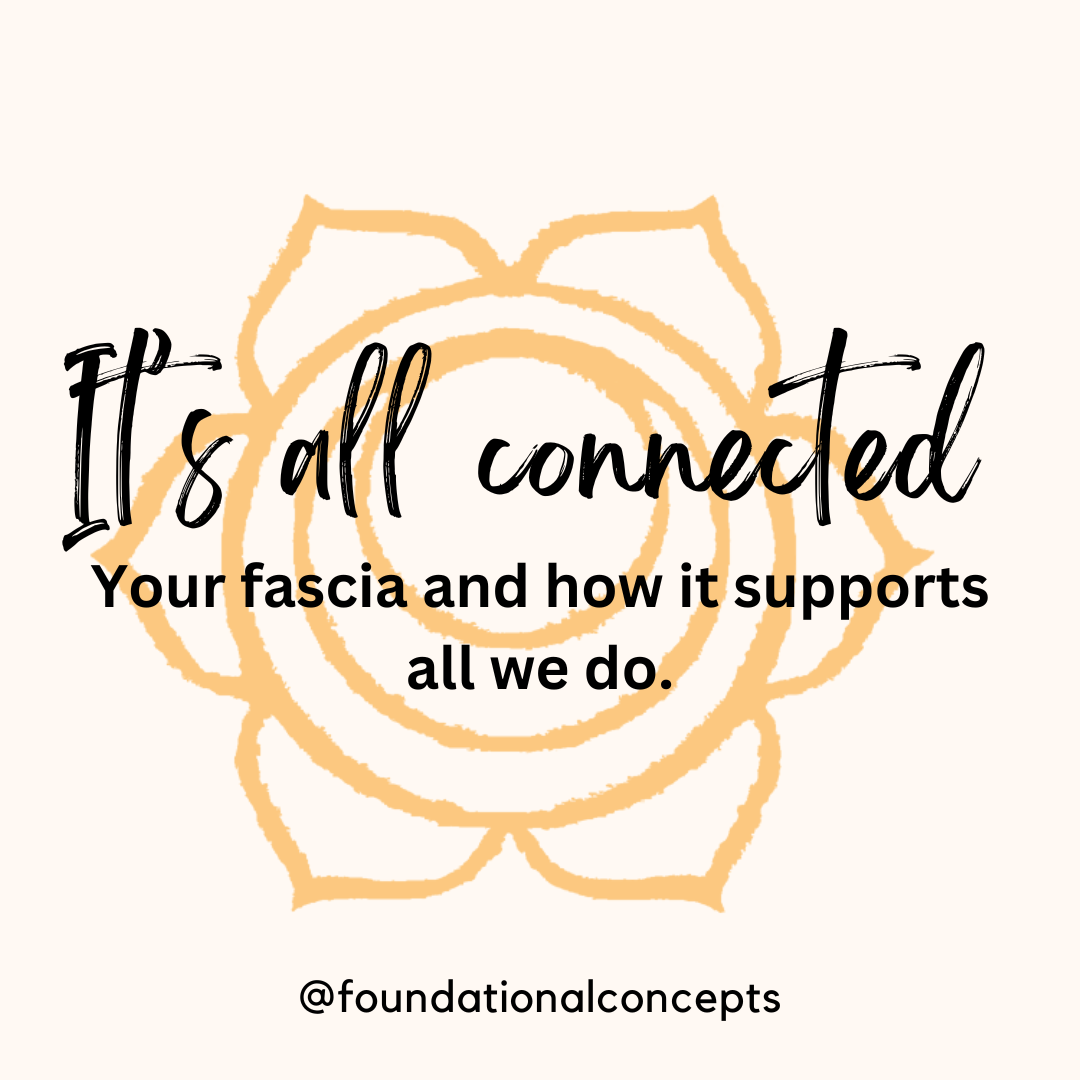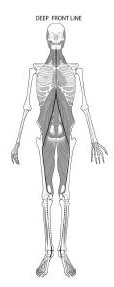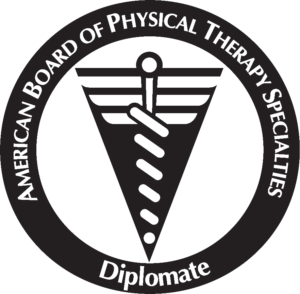Pregnancy is an amazing journey that brings profound changes to a woman's body. Alongside the…

It is all connected, Part 1: Your fascia and how it plays a role in our movements and function.
As pelvic floor therapists, we find it to be very important to assess our patients from head to toe,
literally. There is a strong connection between our feet, our pelvic floor, and our deep core. If we don’t look at the whole system, we can miss the part that is affecting the entire chain. Many times, we see patients that have tried a lot of therapy. When that happens, we find that we can achieve success when we look past the part of the body causing pain or weakness and assess the entire body movement system
Part of the strong connection between different parts of the body is the myofascial system. There are several lines of fascial connections, or planes. Fascia is the connective tissue that surrounds and holds every organ, blood vessel, bone, nerve fiber and muscle in place. It quite literally is the glue that keeps us together. Fascia also contains nerves, which make it almost as sensitive as skin. When life is good, it is hydrated and moves and supports us well. When we have pain, or are stressed, it tightens up. This can impact how we turn on muscles, how they lengthen and how our joints move, which can be a big cause of movement dysfunction and pain.
I want to focus on the deep front line in this blog. The deep front line is an important part of our core as it runs from the bottom of our feet to our inner and posterior (back) thigh, pelvic floor, hips, and diaphragm. From the diaphragm, it runs up to the thoracic (middle) spine up to the base of our skull. The deep front line literally supports us from head to toe. Due to the significant number of joints and muscles that the deep front line supports, this fascial plane plays a role in posture and movement.

With posture, the deep front line supports us in the following ways:
- Supporting the arch of the foot
- Stabilizing the ankle, knee, and hip joints
- Supports the lumbar spine in the front by its connections through the psoas muscle
- Supports and provides structure to the pelvic floor and abdominal wall
- Stabilizes the diaphragm and ribs with breathing
- Supports the head and neck
The deep front line has many nerve endings and slow twitch fibers which is why it plays a very important roll in posture, joint stability, and core support. This central fascial line functions so our arms and legs have a strong foundation to work from.
Here is a quick way to feel this system working together. Stand on one leg and push down into the ground with your big toe. Now slowly and with control move your other leg—bend your knee, bring it behind you, to the side, circles. In your standing leg, you can feel the activation of the muscles along the deep front line from your big toe, arch of your foot, up your leg and into the pelvic floor.
From a pelvic floor point of view, the deep front line attaches at the ischial tuberosity (sit bone) and into the deep rotator muscles of the hip and the deep pelvic floor muscles, creating a sling that helps to support your bladder, uterus, and rectum. The Fascial system is a truly beautiful system connecting your foot, knee, hip and trunk to support your pelvic floor!




